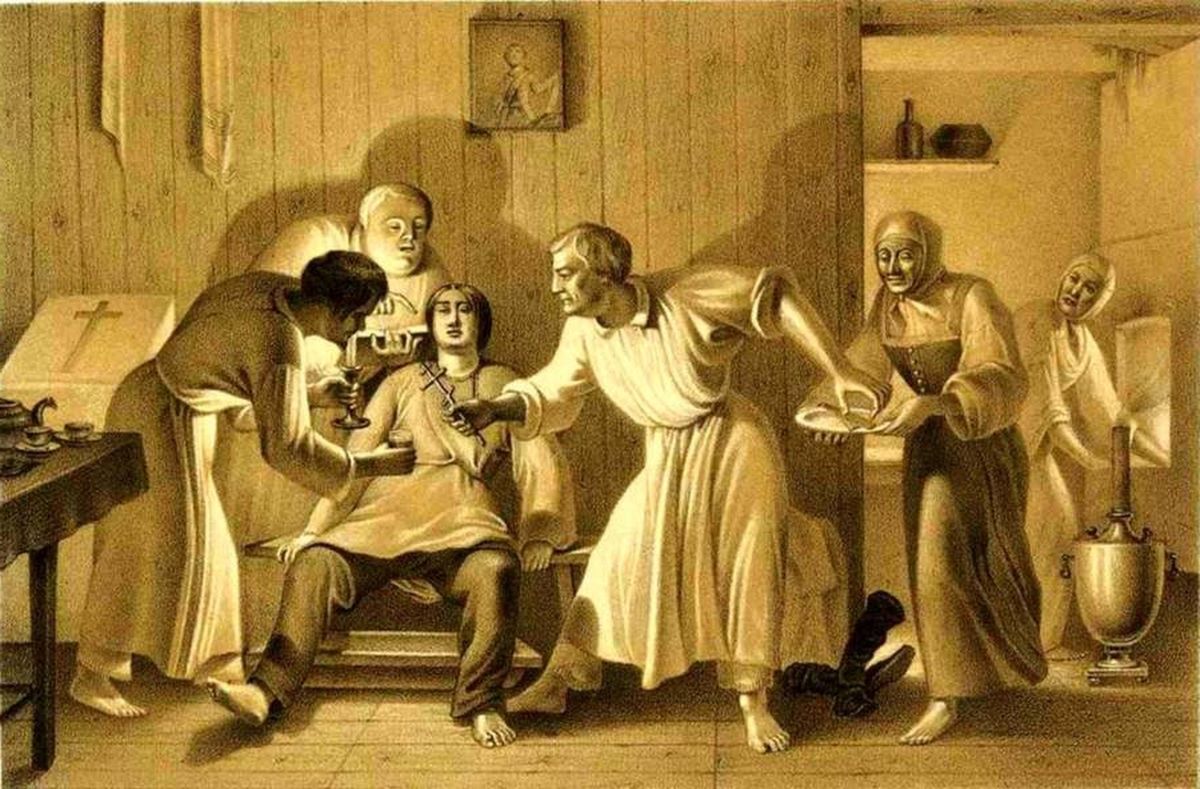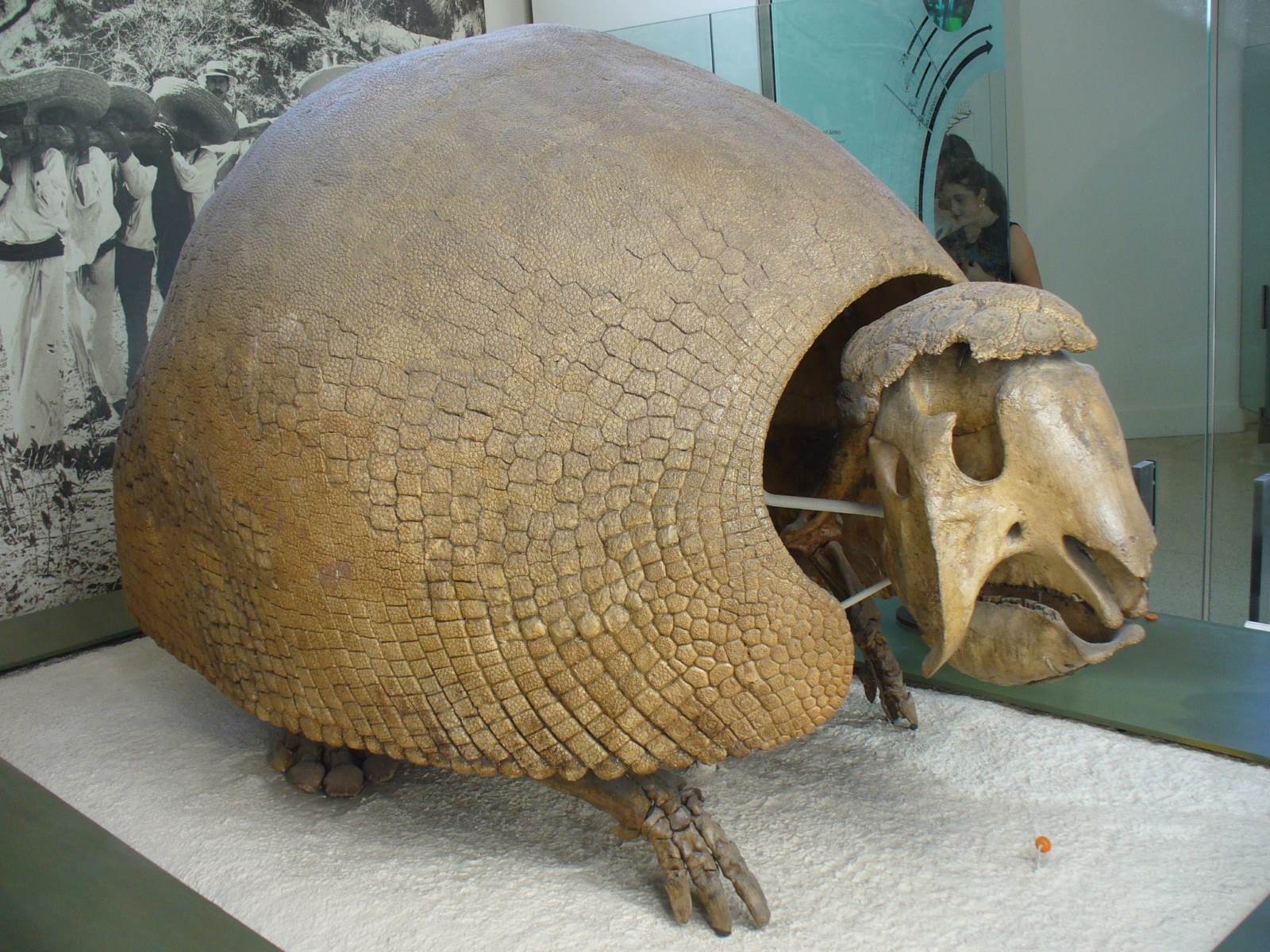
Who were the Skoptsy? The Skoptsy were a radical religious sect in Russia during the 18th and 19th centuries. They believed in achieving spiritual purity through self-castration and other extreme forms of self-mutilation. This group emerged from the Russian Orthodox Church but took its beliefs to an extreme level, focusing on the idea that sexual desire was the root of all evil. Their practices were secretive, and they faced severe persecution from the Russian government. Despite this, their numbers grew, and they spread their beliefs across Russia and even into neighboring countries. The Skoptsy left a controversial yet fascinating mark on history, illustrating the lengths to which some will go in pursuit of spiritual ideals.
Key Takeaways:
- The Skoptsy were a radical religious sect in Russia who believed in extreme practices like castration and mastectomy to achieve purity, leaving a lasting impact on history and culture.
- Despite facing persecution and decline, the Skoptsy's legacy continues to be studied and depicted in various forms of media, offering insights into religious extremism and cultural impact.
Who Were the Skoptsy?
The Skoptsy were a radical religious sect that emerged in Russia during the 18th century. Their beliefs and practices were extreme, making them a fascinating yet controversial group in history.
-
The Skoptsy believed in achieving purity through castration and mastectomy. They thought removing sexual organs would eliminate sinful desires.
-
The name "Skoptsy" comes from the Russian word "skopets," meaning "castrated one."
-
This sect was founded by Kondraty Selivanov, who claimed to be the reincarnation of Jesus Christ.
-
The Skoptsy movement was an offshoot of the Russian Orthodox Church but was quickly deemed heretical.
-
Members practiced self-mutilation as a form of devotion and sacrifice to God.
Beliefs and Practices
The Skoptsy had unique and extreme beliefs that set them apart from other religious groups. Their practices were often shocking to outsiders.
-
They believed that Adam and Eve's original sin was sexual in nature, and castration would restore human purity.
-
Skoptsy members often lived in communal settings, sharing resources and responsibilities.
-
They practiced a form of communal living, similar to monastic life, but with families included.
-
Women in the sect would undergo mastectomies to remove their breasts, believing it would make them more spiritually pure.
-
The Skoptsy also believed in the imminent arrival of the Kingdom of God, which motivated their extreme practices.
Historical Context
Understanding the historical context of the Skoptsy helps explain why such a radical group could emerge and persist.
-
The Skoptsy emerged during a time of social and religious upheaval in Russia.
-
They were part of a broader movement of religious dissenters who rejected the official Russian Orthodox Church.
-
The Russian government saw the Skoptsy as a threat and persecuted them heavily.
-
Many Skoptsy were arrested, exiled, or executed for their beliefs and practices.
-
Despite persecution, the Skoptsy managed to survive and even spread to other regions.
Influence and Legacy
The Skoptsy left a lasting impact on Russian society and religious thought, even though their numbers dwindled over time.
-
Their radical beliefs influenced other religious dissenters and sects in Russia.
-
The Skoptsy were one of the first groups to challenge the authority of the Russian Orthodox Church openly.
-
Their practices and beliefs were documented by Russian authorities and scholars, preserving their history.
-
The Skoptsy contributed to the broader narrative of religious dissent and reform in Russia.
-
Some modern scholars view the Skoptsy as an early example of radical religious movements that challenge societal norms.
Decline and Disappearance
Over time, the Skoptsy faced increasing pressure from the government and society, leading to their decline.
-
By the late 19th century, the Skoptsy were in decline due to relentless persecution.
-
The Russian government passed laws specifically targeting the Skoptsy, making their practices illegal.
-
Many Skoptsy members were forced to flee Russia or go into hiding to avoid arrest.
-
The rise of the Soviet Union further suppressed religious groups, including the Skoptsy.
-
By the mid-20th century, the Skoptsy had all but disappeared as an organized group.
Modern Perspectives
Today, the Skoptsy are a subject of historical and religious study, offering insights into the complexities of faith and extremism.
-
Modern historians study the Skoptsy to understand the dynamics of religious extremism.
-
The Skoptsy are often cited in discussions about the limits of religious freedom and state intervention.
-
Some scholars compare the Skoptsy to other radical religious movements throughout history.
-
The Skoptsy's practices are sometimes referenced in discussions about body autonomy and religious expression.
-
Despite their extreme beliefs, the Skoptsy are recognized for their commitment to their faith.
Cultural Depictions
The Skoptsy have been depicted in various forms of media, reflecting their lasting impact on culture and history.
-
Russian literature and folklore sometimes reference the Skoptsy as symbols of religious fanaticism.
-
Documentaries and academic works have been produced to explore the history and beliefs of the Skoptsy.
-
The Skoptsy have been the subject of several historical novels and fictional works.
-
Some modern artists and writers use the Skoptsy as a metaphor for extreme devotion and sacrifice.
-
The Skoptsy continue to be a topic of fascination for those interested in the history of religious movements.
Final Thoughts on Skoptsy
Skoptsy, a radical sect from 18th-century Russia, practiced extreme self-mutilation to achieve spiritual purity. Their beliefs, rooted in a mix of Christian and Gnostic traditions, led them to castrate themselves, believing it would free them from sin. Despite their controversial practices, they gained a significant following, even attracting members from the Russian nobility. The Russian government, however, saw them as a threat and persecuted them heavily. By the early 20th century, their numbers dwindled due to these crackdowns and changing societal norms. Today, Skoptsy serves as a stark reminder of how far religious fervor can push human behavior. Their story, though unsettling, offers a unique glimpse into the complexities of faith and the lengths some will go to achieve spiritual enlightenment. Understanding Skoptsy helps us appreciate the diverse and sometimes extreme ways people seek meaning in their lives.
Frequently Asked Questions
Was this page helpful?
Our commitment to delivering trustworthy and engaging content is at the heart of what we do. Each fact on our site is contributed by real users like you, bringing a wealth of diverse insights and information. To ensure the highest standards of accuracy and reliability, our dedicated editors meticulously review each submission. This process guarantees that the facts we share are not only fascinating but also credible. Trust in our commitment to quality and authenticity as you explore and learn with us.


